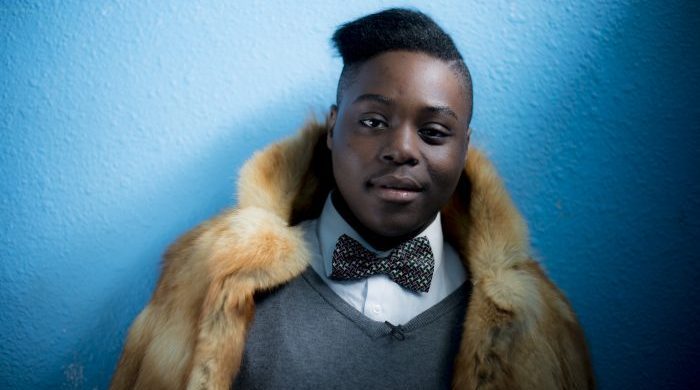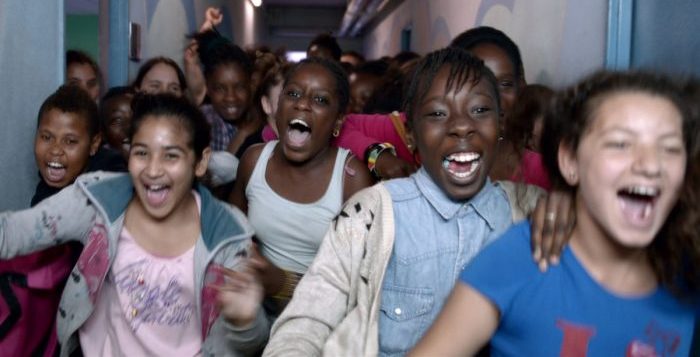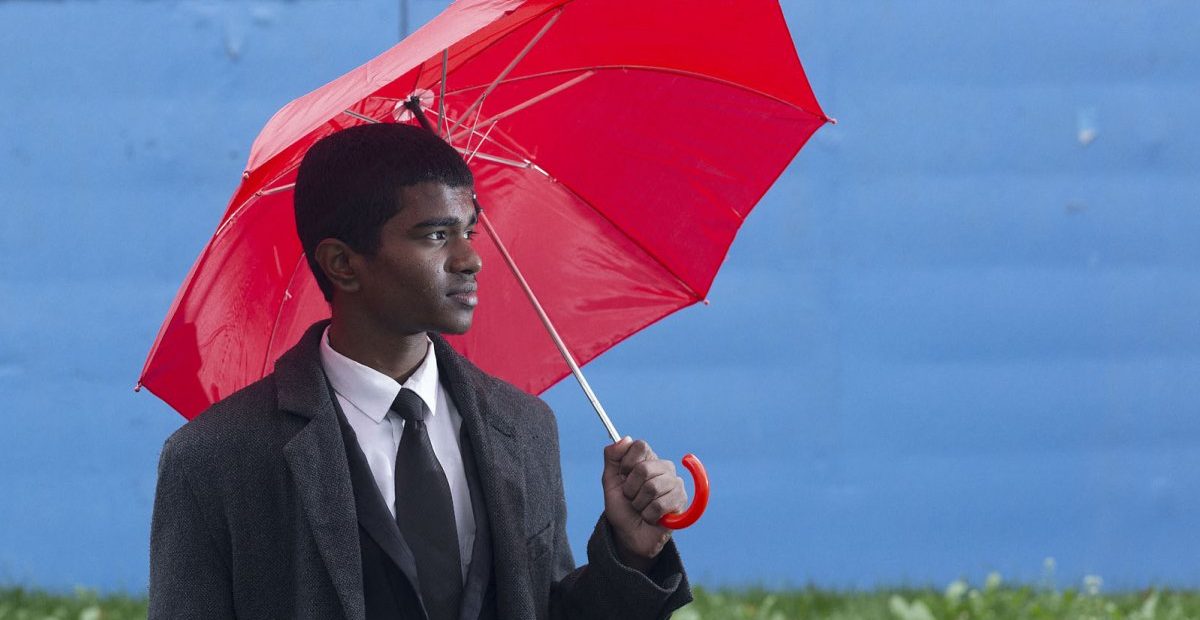Director: Olivier Babinet
MyFrenchFilmFestival review
Extraordinary French documentary Swagger introduces eleven high school students from Claude Debussy college in Aulnay-sous-Bois, an underprivileged urban suburb of Paris. The school’s population is mostly of black and Arabic ethnicity except for at least one Indian, the charming and suave Paul Turgot who’s moulded an identity for himself as ‘the guy in the suit’, even at school. He’s not the most dapper though; that honour goes to Régis Marvin Merveille N’Kissi Mogzi for whom dressing to impress is the only life he knows. Sashaying down the school’s concrete corridors, a career as a stylist is where he’s headed, and he lets us know it on many an occasion.
On one level, Régis is the embodiment of today’s use of the word ‘Swagger’ – just watch him parade into school on the first day back after the holidays. For Régis though, his pursuit of his idea of swagger has everything to do with determination and conviction and very little to do with bravado or self-importance. Likewise for this film: director Olivier Babinet isn’t interested in a superficial understanding of the word ‘swagger’; rather he is concerned with the idea of self-confidence more broadly.

And it is striking to see how these students grow in confidence during the course of the shoot. One of the young women in particular, Aïssatou Dia, blossoms in a way the audience is privileged to watch – but all of them become more self-confident as the documentary progresses. Part of that is an increasing familiarity with the process and their roles within it but it is also about listening to one another with an intensity rarely applied among adults.
Babinet gives us a group of students each of whom has the usual teenage anxieties but who are also grappling with other layers of disquiet: a world that very often seems racist to them, a world in which the haves and the have-nots seem increasingly distant from each other. Asked whether they know any people of continental French descent, they are visibly amazed by the question. For them, it is abundantly clear that their school is not one that non-immigrant French citizens would attend.
From this starting point, Babinet proceeds to uncover the inner workings of his students. We learn about their lives, their concerns, their hopes and dreams. Some of what we hear is almost banal but other moments have a freshness, sometimes a charming naivety, which carries the film along so that our overall impression is one of hope and possibility.
If this film is about confidence, it is also about dislocation. All of these students are from places far away and that brings with it a certain nervousness, one that is punctuated by flighty moments of respite in the shape of creature cameos: three rabbits are seen a couple of times, also two blue parrots and even a dromedary as well as a flock of cockatoos – Babinet’s way of reminding us, with a light-hearted touch, that these students too are transplanted. It is these moments of whimsy, of magical realism – a brief musical comedy sequence (Paul Turgot again), an unexpectedly hilarious diatribe against Mickey Mouse from 12-year old Naïla Hanafi (a young woman of very decided views) – that lift the film out of the ordinary.

Far from simple reportage, Swagger tells a fascinating story in the hands of Babinet and his crew. Skilfully shot (Timo Salminen also drew acclaim for Aki Kaurismäki’s The Man Without a Past and Le Havre) and edited (Isabelle Devinck), the students appear to learn from each other and even draw strength from one another. The scenes in which the camera holds the gaze of the student after they have finished speaking are often very moving. Frequently the sound and vision overlap so that the students appear to be listening to one another. These tics, and the spirit of its subjects, lift Swagger above your usual school-set documentary (of which there are many in France).
Swagger doesn’t ignore the social issues these students have to deal with; we see the drug dealer sleeping in his car, hear the warning cries at night passed from building to building when the police venture into the projects. However, Babinet chooses to focus on the students themselves and allows the audience to meet and get to know them. With great respect and tact, he draws out their thoughts, opinions, hopes, and dreams. A memorable group of individuals and a memorable film, you wonder during the closing credits where these youngsters are now and how adulthood, aspirations and the realities beyond the school gates might have shaped them. Perhaps Babinet can show us one day?





